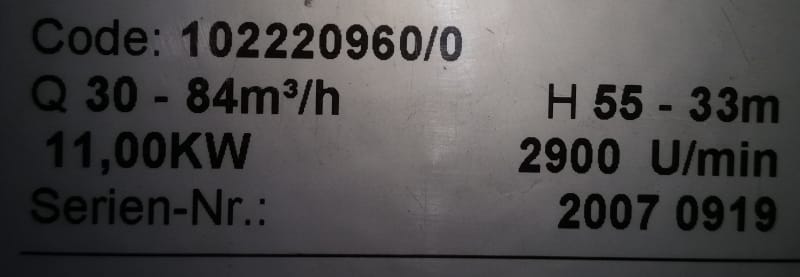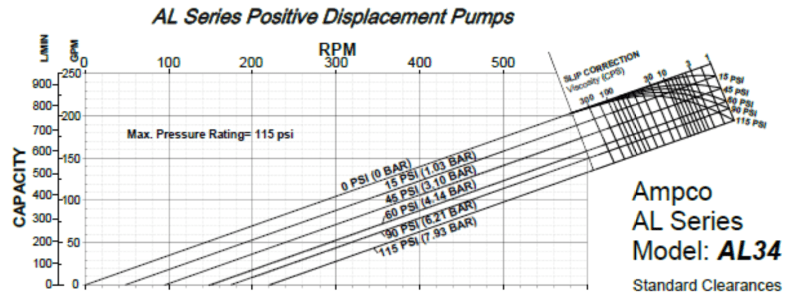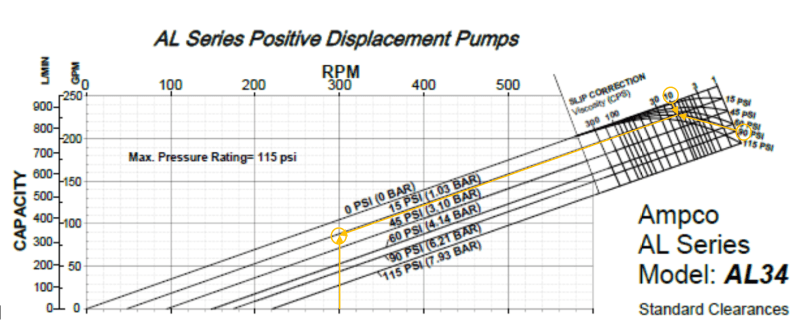BA Joe
Petroleum
- Nov 26, 2019
- 12
Hello Friends,
I have a sort of general question
1. A centrifugal pump is being used for an experiment that involves introducing some restriction in the flow path and the pressure changes measured. However, it was noticed that when this restriction is produced, the flow rate of the pump reduces compensating for the pressure increase.(I believe this is typical of centrifugal pump). Client wants to know and be sure that simply changing to a "displacement pump" will solve this flow rate flunctuation
2. What are the physical signs (if any) of cavitation in a centrifugal pump and Displacement pump?
Thank you.
I have a sort of general question
1. A centrifugal pump is being used for an experiment that involves introducing some restriction in the flow path and the pressure changes measured. However, it was noticed that when this restriction is produced, the flow rate of the pump reduces compensating for the pressure increase.(I believe this is typical of centrifugal pump). Client wants to know and be sure that simply changing to a "displacement pump" will solve this flow rate flunctuation
2. What are the physical signs (if any) of cavitation in a centrifugal pump and Displacement pump?
Thank you.



